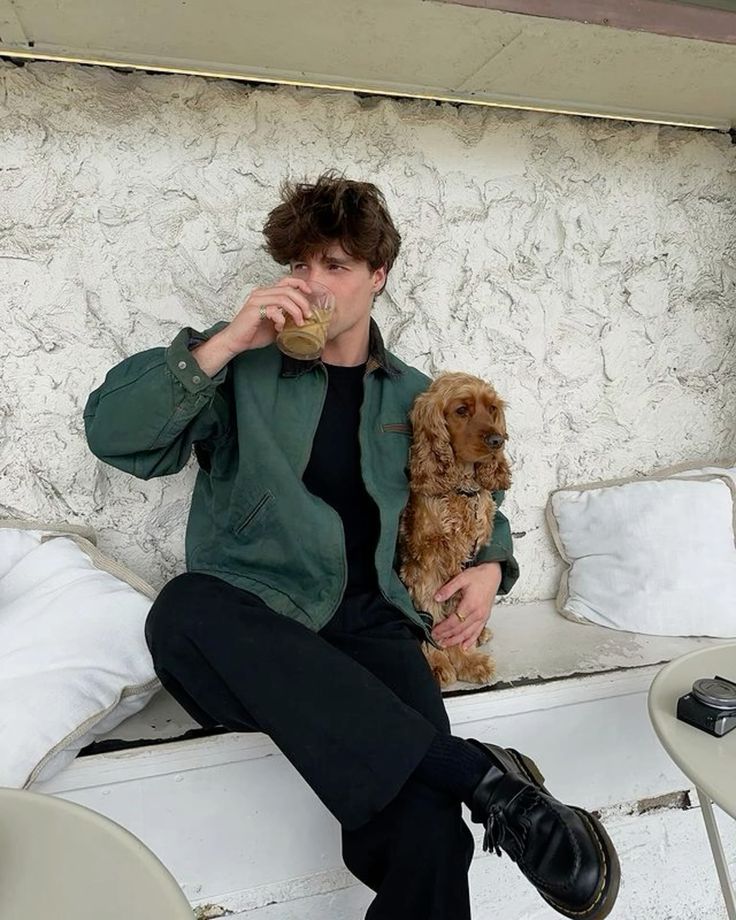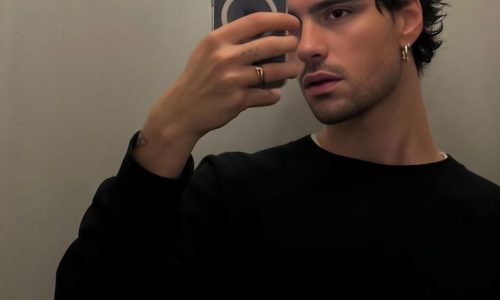
Luxury Fashion Redefined: Minimalism Meets Elegance
Luxury fashion has long been associated with opulence, grandeur, and elaborate designs, often viewed as a world reserved for exclusivity and prestige. However, a striking transformation is taking place as minimalism infiltrates high fashion, prompting a new paradigm: Luxury Fashion Redefined. This evolving aesthetic celebrates refined simplicity, emphasizing the power of clean lines, high-quality craftsmanship, and quiet sophistication. The intersection of minimalism and elegance has initiated a compelling movement in fashion—one that speaks not through excess but through subtlety, intention, and enduring appeal. As we explore the foundations and cultural implications of this transformation, it becomes evident that minimalism is not the absence of design, but the elevation of essential elements to an art form.
The Evolution of Luxury Fashion Through the Decades
Tracing luxury fashion’s trajectory over the last century reveals a constant interplay between tradition and innovation. In the early 20th century, opulent fabrics, ornate embellishments, and theatrical silhouettes defined high fashion. Labels like Chanel and Dior shaped the post-war landscape with structured femininity and couture sophistication. As societal values evolved through the decades, fashion reflected these shifts—moving from maximalism in the 1980s to more pared-down aesthetics in the 1990s, influenced by designers such as Calvin Klein and Jil Sander. The emergence of minimalism during that period signified a rebellion against flamboyance, replacing it with serene confidence. Today, luxury houses are blending these influences, forging a path where timeless simplicity coexists with modern prestige.
Minimalism as a Design Philosophy in High-End Fashion
Minimalism in luxury fashion is not merely a trend—it is a philosophical approach that emphasizes clarity, focus, and intention. Stripped of distraction, each garment becomes a study in proportion, tailoring, and material integrity. Designers embracing minimalism work with structured silhouettes, neutral palettes, and tactile fabrics to create pieces that command attention through their quiet precision. The absence of overt logos and heavy ornamentation allows the wearer to become the statement. This style appeals to discerning consumers who seek meaning and mindfulness in their sartorial choices, valuing quality over spectacle and longevity over trendiness.
The Power of Fabric and Craftsmanship in Minimalist Luxury
Without flashy decoration or loud prints, the materials themselves take center stage in minimalist luxury. Fine fabrics—cashmere, silk, brushed wool, and high-grade cotton—form the foundation of these garments. Craftsmanship becomes paramount, with meticulous stitching, thoughtful draping, and flawless finishing signifying the true essence of luxury. Each piece is constructed with precision and care, embodying an unspoken richness that reveals itself through touch, fit, and function. The commitment to artisanal skill and ethical sourcing elevates minimalism from simplicity to sophistication, transforming the understated into something truly extraordinary.
The Role of Color and Silhouette in Elegant Simplicity
Color choices in minimalist luxury fashion are deliberately understated, often revolving around monochromes, earth tones, and soft pastels. These hues evoke calm and clarity, allowing form and texture to take precedence. Silhouettes, on the other hand, are architectural yet fluid—structured blazers, bias-cut dresses, wide-leg trousers, and sculpted coats define the minimalist wardrobe. The beauty lies in subtle asymmetry, hidden tailoring details, and silhouettes that enhance the natural form without overpowering it. Elegance in this realm is measured not by extravagance but by the harmony between design and wearer.
Cultural Influences Shaping the New Luxury Aesthetic
This redefinition of luxury is deeply rooted in global cultural movements that prioritize mindfulness, sustainability, and authenticity. The rise of Japanese and Scandinavian design philosophies has greatly influenced minimalist aesthetics. Wabi-sabi, the Japanese concept of beauty in imperfection, and hygge, the Danish celebration of comfort and calm, permeate the minimalist ethos. Additionally, a growing awareness of environmental impact has propelled consumers and designers alike to reconsider fast fashion’s excesses. By embracing minimalist luxury, fashion becomes a vehicle for cultural storytelling and ethical responsibility—demonstrating that elegance and conscience can coexist.
Stay tuned for the continuation of this long-form SEO article, including more expanded sections on minimalist influencers, gender-neutral design, sustainability, brand case studies, and how consumers are embracing this shift in personal style.


